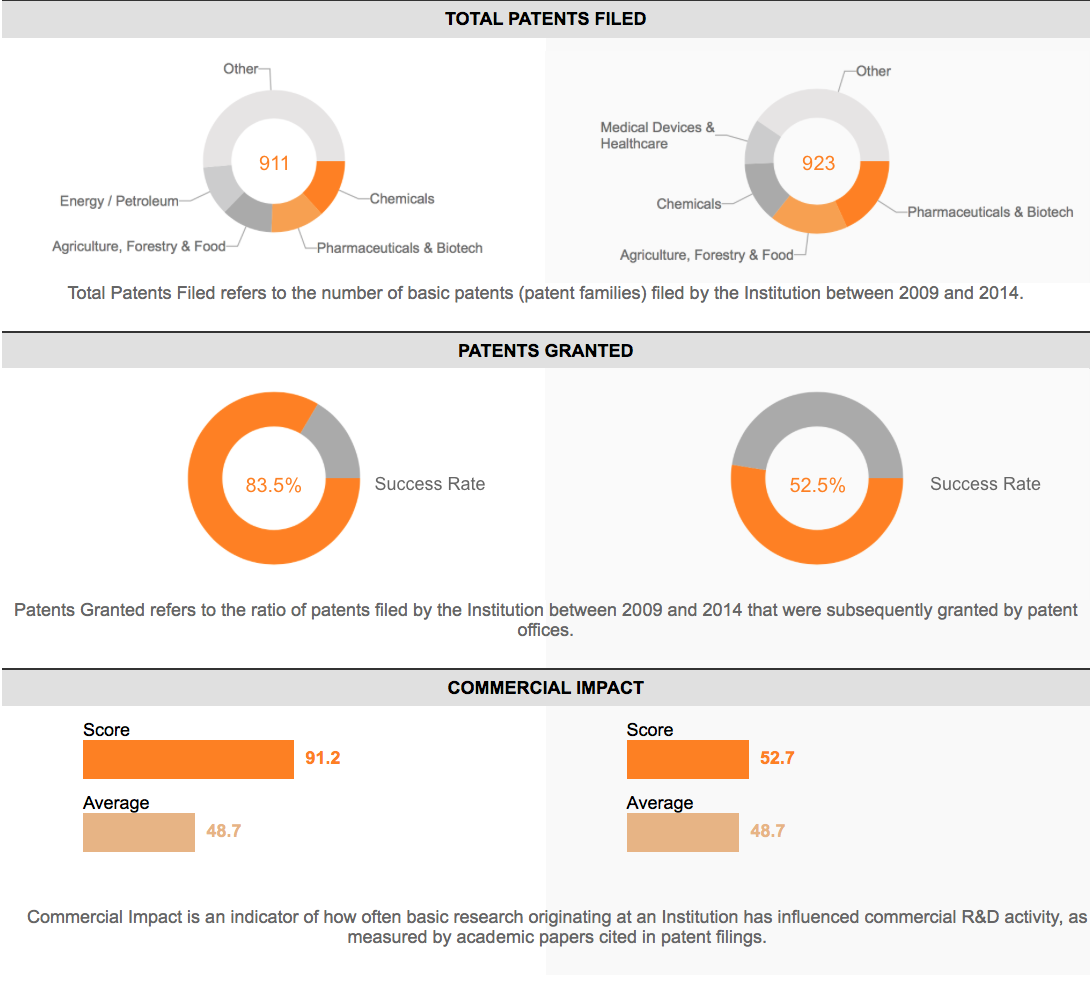Thomson Reuters, the multinational media and information company, named KAIST Asia’s Most Innovative University for 2016. On August 30, the company released “Reuters Top 75: Asia’s Most Innovative Universities,” a list that “identifies the educational institutions that are doing the most to advance science, invent new technologies and help drive the global economy.”
Using data compiled by sister company Thomson Reuters Intellectual Property and Science, Reuters ranked subject Asian universities largely based on two criteria: academic papers and patent filings; the former gauges into the quantity and quality of the basic research carried out at a university, while the latter indicates the extent to which that university commercializes its research achievements.
And it is in this latter category that KAIST distinguished itself from its competitors. This would not come as a surprise to some considering that KAIST was the only Asian university in the top 10 for Reuters’ “Top 100 innovative universities 2015” list.

KAIST had a significantly larger patent success rate (83.5%) than its nearest Korean competitor, Seoul National University (73.2%). (Comparisons in patent success rate between KAIST and its nearest competitor , the University of Tokyo, was deemed unfit by the writer on the grounds that Japanese universities systematically displayed a lower patent success rate than their Korean counterparts. This suggests that the same patent may not be accepted in one country due to the difference in the requirements for patent acceptance in each country.)
KAIST also outperformed their nearest competitors in terms of the commercial impact of each university’s basic research on R&D activity in industry, which is measured based on the academic papers cited in patent applications; KAIST scored nearly twice as much as Seoul National University and the University of Tokyo in this regard.

